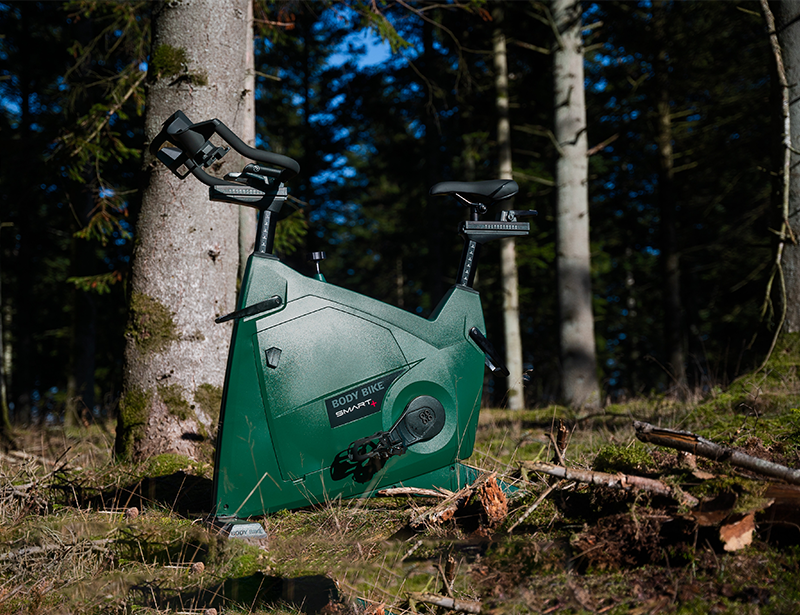Indoor cycling trends
The future of trade events
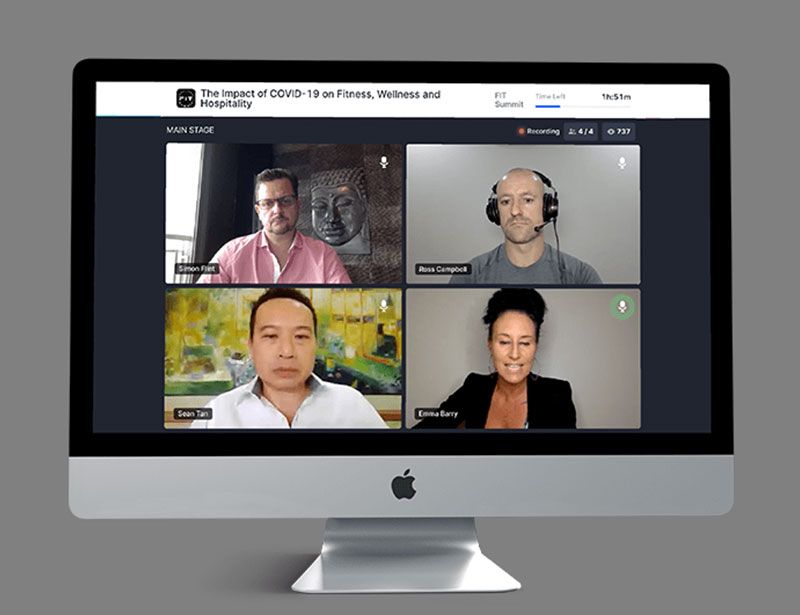
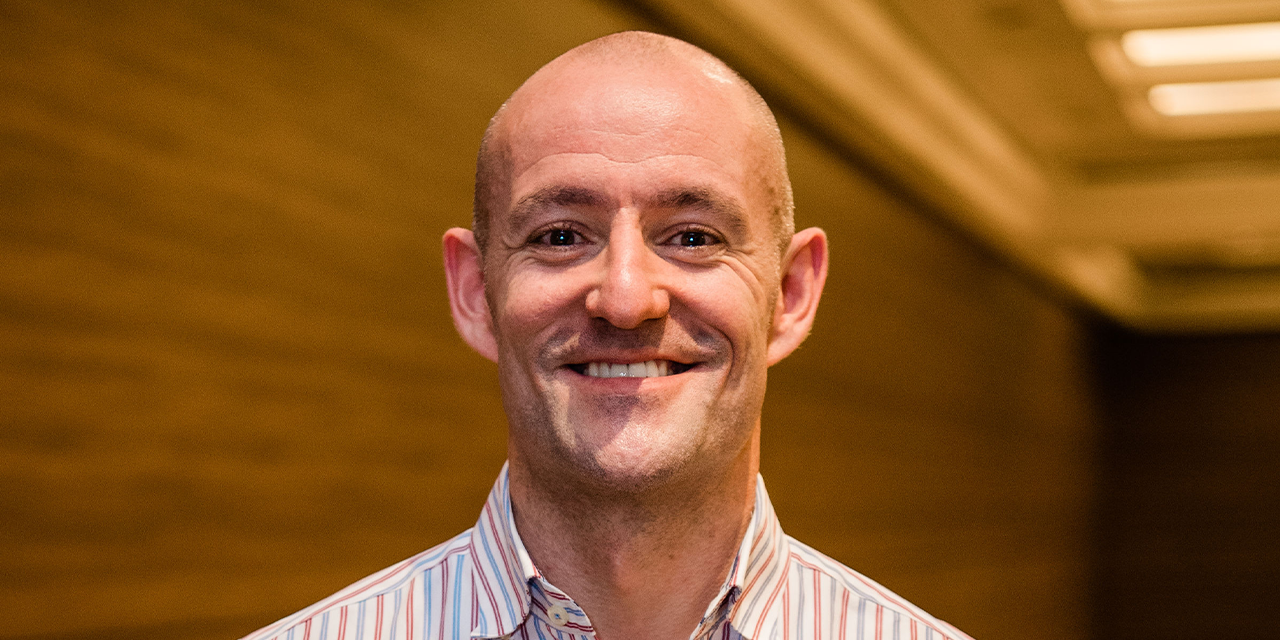
Ross Campbell
Founder and CEO, FIT Summit
COVID-19 has shaken the events industry to its core, decimating many key players and turning traditional business models on their heads.
We hosted six virtual events and one hybrid event in 2020: a live, in-person conference in Singapore in front of 200 executives, broadcast simultaneously online. Across these seven events, we served 10,000+ registered attendees from 50+ countries. Through COVID, our audiences grew from our traditional in-person conferences of 250–1,500 people to, now leveraging virtual, 2,000–3,000 delegates per event.
Like virtual fitness, virtual events are here to stay, but this isn’t a game everyone can or should play. Physical events will return – they already have in Asia-Pacific – but only a few event organisers have commercially viable virtual strategies and the teams to execute these.
webinars should be thrown on the fire, as should freemium events. get it right and people will pay for it.
Virtual event tech is in hot demand, but most platforms currently do not fully support the needs of event organisers: they have poor functionality and analytics, with sub-optimal networking tools and archaic features, especially around virtual expos. Event organisers in 2020 often picked the wrong platform, did little research/testing, misled partners and delivered sub-par events.
Webinars should be thrown on the fire, as should freemium events. Our sponsors and delegates are now conditioned to pay for high-quality virtual events and the flight to quality is real. They expect incredible content in a variety of formats and without technical difficulties. Content must be easily accessible, delivered through an intuitive and engaging platform and, post-event, immediately available on-demand.
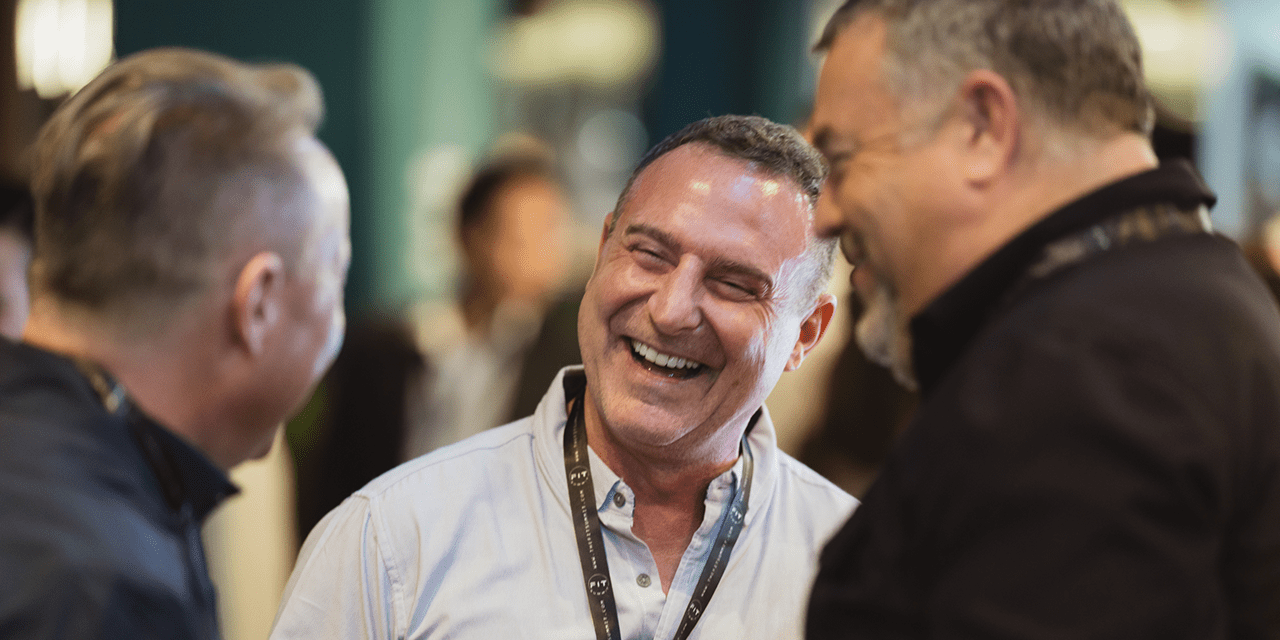
Virtual delegates crave interaction, connectivity and fun – a true experience. They do not want a vast multi-day event with multiple streams (who wants 60+ hours of content?), nor do they want sell-side-heavy agendas.
Get it right and people will pay for it, so why offer it for free?
Through trial and error, we’ve found a formula that works. Content (and its delivery) is king. We’ve enjoyed success because we invested heavily, trained our staff, switched our business model and worked with our partners every step of the way, through good and bad.
So, what will 2021 hold for fitness event organisers?
- The future is not virtual. It’s hybrid.
- We need multiple content channels, more effective networking tools and more engaging virtual expo floors.
- We must consider the amalgamation of various platforms and apps to deliver the overall benefits our attendees and sponsors expect.
- We must produce shorter, sharper, aesthetically pleasing content that can be amplified quickly and exponentially post-event, ideally not behind a guarded paywall.
- We have to understand how suppliers and sponsors now analyse ROI on events – i.e. the metrics and analytics of delegate profiles, lead generation, number of connections – and change our value proposition to meet these.
- We need to deliver meeting connections directly through email/WhatsApp/Zoom, not through event apps which have poor engagement records.
- Like clubs, we need to re-map our customer journeys for attendees online and in-person. Make it fun, make it engaging, make it purposeful.
- Finally, we need to regain the trust and confidence of our sponsors that we can deliver on our (marketing and business development) commitments to them, irrespective of virtual or hybrid formats.
We believe a hybrid model for trade events allows us to deliver more value to more people across the world, and ultimately make more businesses and consumers happier and healthier. We must continue to invest and innovate to take advantage of the opportunities this new hybrid world offers us.

David Stalker
President, EuropeActive
I don’t want them to go back to how they were. There, I said it. We have been forced to adapt. With that comes the opportunity to start over and do better. Yes, we’ve had teething problems as hosts and attendees, but excellence comes with experience.
How the future of trade shows is shaped depends entirely on whether we – as individuals, representatives, businesses and an industry – are willing to embrace positive change, to in turn bring about an evolutionary shift in what we can achieve.
Stepping backwards on our discovery of how to reach more people would be a serious missed opportunity
Among operators, the focus is now on omnichannel approaches and digital initiatives, sewing together bricks and mortar and virtual fitness experiences to benefit members. Why wouldn’t we apply the same incredible value-add for delegates of conferences and trade shows? There isn’t any shortage of technology to make these experiences incredible, and digital events such as the 2020 European Health and Fitness Forum (EHFF) and FIT Summit have proven how fast we can adapt.

Hybrid events will save businesses money, as there’s less of an outlay for travel. On the business side, you can also reach a greater number of people, while as a customer, you can pick what you want to see at a time that suits you. And provided event organisers are flexible enough to adapt efficiently and smoothly, there’s also less of a chance that big exhibitors will cancel completely due to the unseen.
we are well-versed in creating a safe environment. i don’t believe it would be any different at a trade show than in a gym.
Looking forward, as a partner of FIBO, EuropeActive has the opportunity to embrace two of its overarching priorities for the year ahead: digital and community. Whether that’s streaming online with others in attendance on-location, or dedicated green-screen presentations, stepping backwards on our discovery of how to reach more people would be a serious missed opportunity.
Having physical and digital running in tandem will mean that opportunities for networking and product experiences are still very much available for suppliers, even if numbers are restricted and physical distancing measures in place. Many suppliers already have fantastic scheduling for demonstrations, so these experiences can still be offered even if the attendees aren’t physically there in the same numbers.
I have no fear when it comes to the safety of showing off new product innovations. Despite closures worldwide, our sector has exceeded expectations under constant scrutiny, particularly on sanitisation standards. We are well-versed in creating a safe environment for anyone who comes through our doors, and I don’t believe it would be any different at a trade show than in a gym.
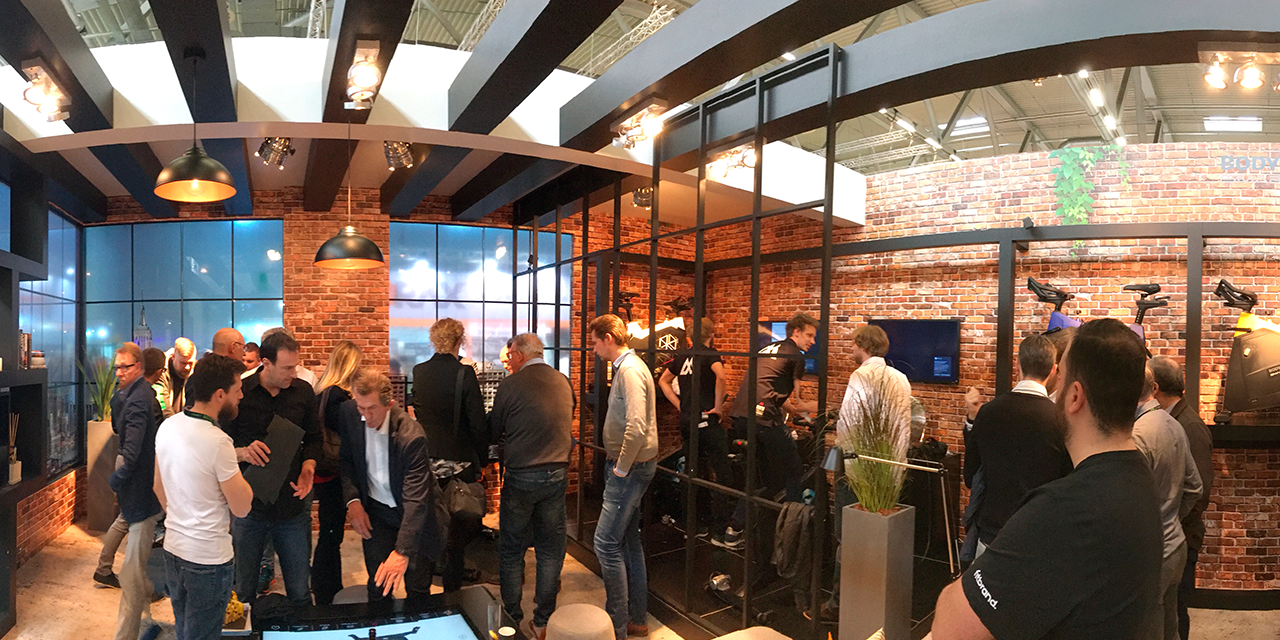
the only change is that we’re now forced to start focusing on how we act online instead of solely in-person
Flexibility is key to unlocking the next chapter in our great fitness and physical activity sector. The return on investment for events has not changed, but the way we measure that spend has. The better you make your digital experience – whether event or exhibitor – the better your engagement is going to be, and the better your leads will serve your business. When has that been different?
The only change is that now we’re forced to start focusing on how we act online instead of solely in-person. The leaders that don’t embrace these changes will get left behind, so let’s learn how to do it right and expand the market like never before.

Conceived, powered and funded by BODY BIKE®, RIDE HIGH has a simple mission: to celebrate and champion the very best of indoor cycling, sharing ideas, stories and experiences from around the world to inspire the sector on to even bigger and better things. Subscribe for free by leaving your details below and we'll send indoor cycling's hottest news direct to your inbox three times a year.


